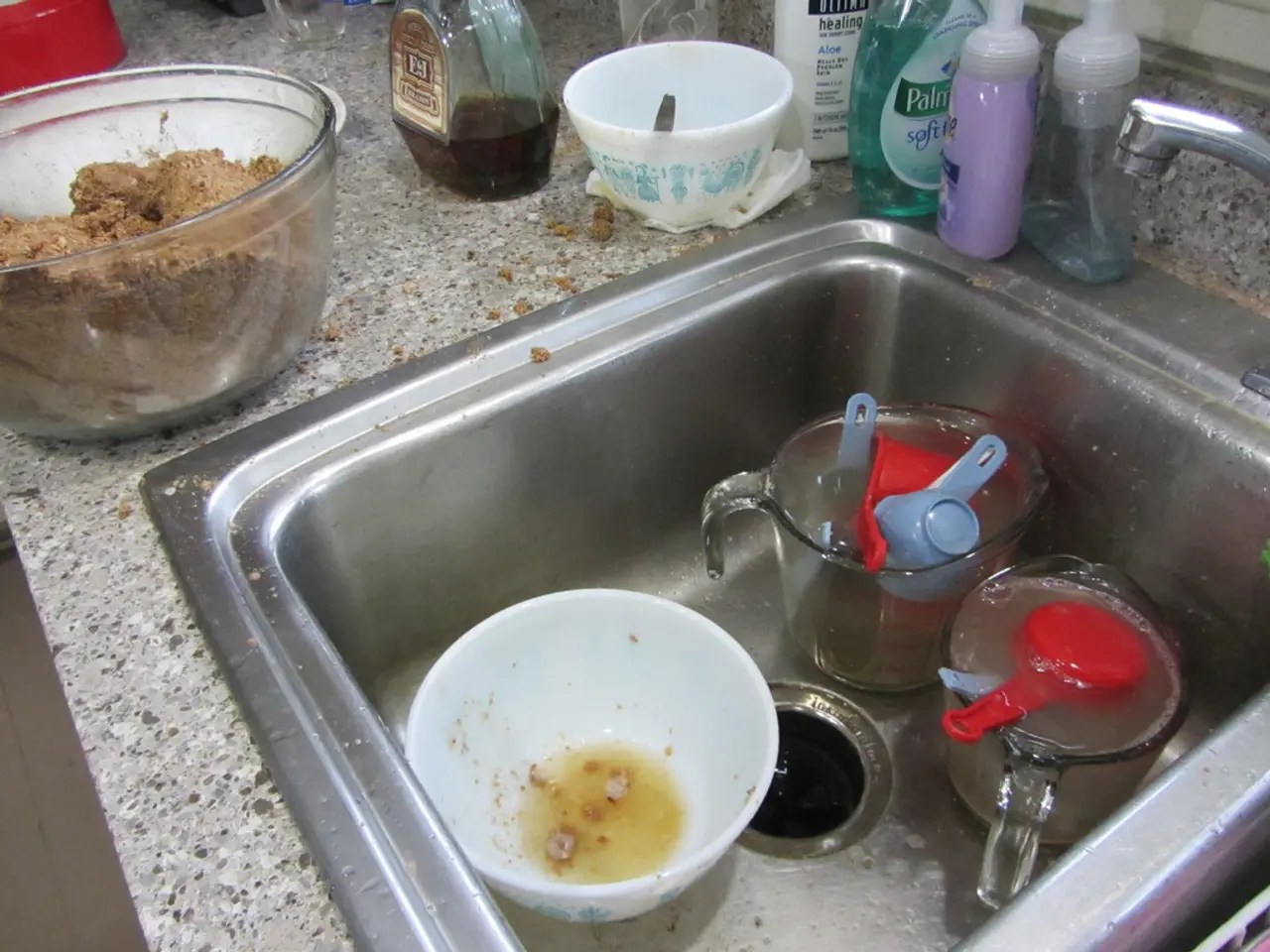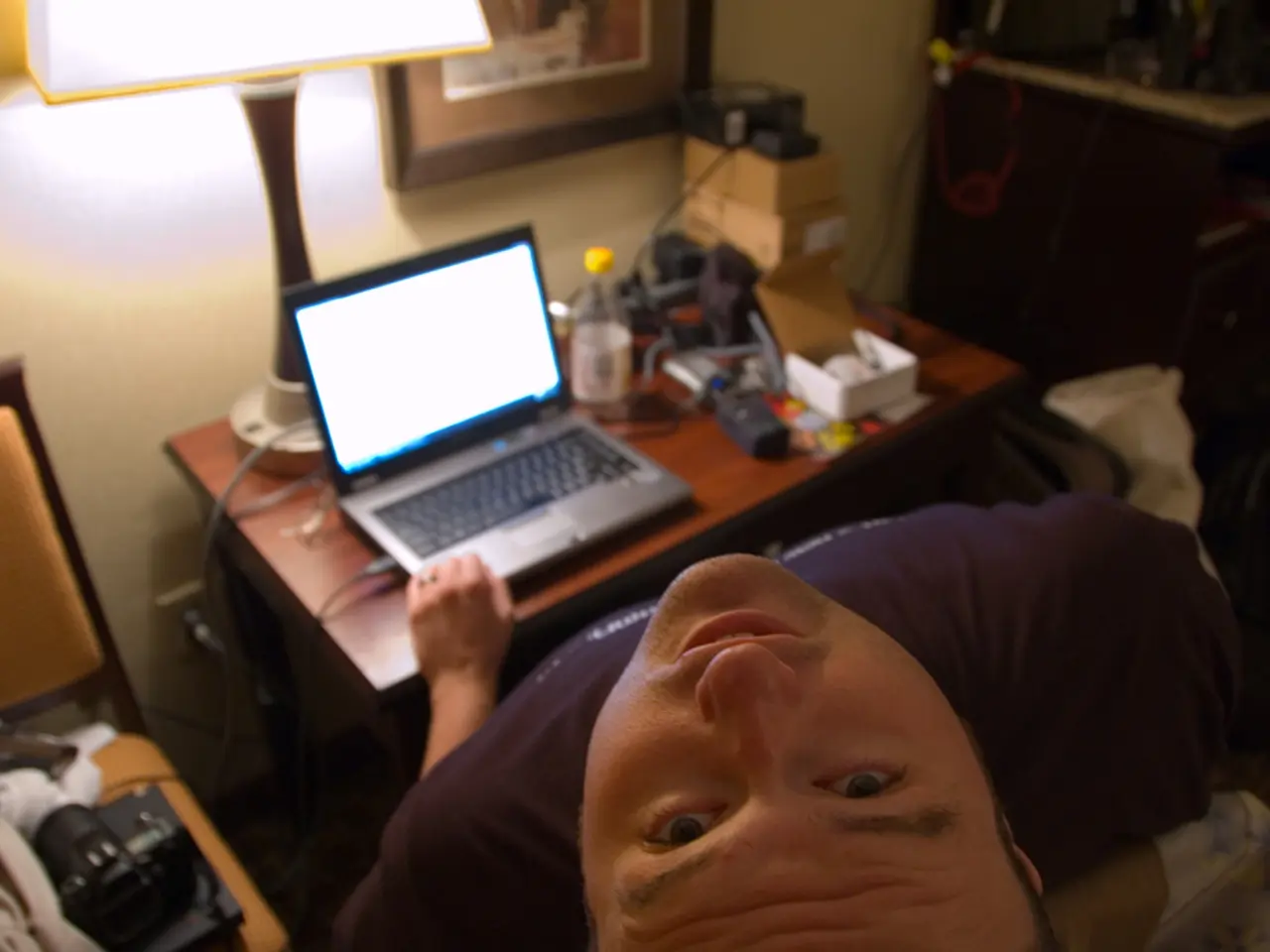Menopause-Related Vasomotor Issues: Causes, Risk Factors, and Additional Information
In the journey through menopause, many women experience hot flashes - a sudden sensation of heat affecting the chest, neck, and face, potentially resulting in red skin. These symptoms, known as vasomotor symptoms, can cause discomfort and embarrassment, and in some cases, they may not be related to menopause but to problems with the nervous or vascular system.
Hot flashes usually occur over a period lasting from 6 months to 2 years, but they can persist for up to 10 years. Fortunately, there are various treatment options available to help manage these symptoms.
## Hormonal Treatments
One common approach is Hormone Therapy (HT), which involves taking estrogen, with or without progesterone, in forms like pills, creams, gels, skin patches, or injections. This treatment can reduce hot flashes by up to 75%, but it may not be suitable for those with a history of breast cancer, stroke, blood clots, or liver disease.
## Non-Hormonal Treatments
For those who prefer non-hormonal options, there are several alternatives. Gabapentin (Neurontin), a drug typically used for nerve pain, can help reduce nighttime hot flashes and improve sleep. Clonidine (Catapres), originally a blood pressure drug, may offer mild relief for hot flashes.
Antidepressants, such as paroxetine (Paxil) and venlafaxine (Effexor XR), can also help manage hot flashes. However, they can cause side effects like headaches, nausea, and drowsiness. A newer nonhormonal option, fezolinetant (Veozah), was recently approved by the FDA, but it requires regular liver tests due to a risk of liver injury.
## Lifestyle Changes
In addition to medical treatments, lifestyle changes can help manage hot flashes. Dressing in layers, using fans, cold packs, or cooling mattress pads, and avoiding known triggers such as hot environments, spicy foods, alcohol, caffeine, and stress can all contribute to symptom relief. Staying hydrated by drinking cool water regularly can also help ease symptoms.
It's important to note that up to 75% of females in the United States experience hot flashes around menopause. If symptoms interfere with daily life, if a person has other symptoms such as diarrhea, fatigue, unexplained weight loss, or a general feeling of being unwell, or if they are at risk of another health condition, they should see a doctor.
While some people use alternative treatments like black cohosh, dehydroepiandrosterone (DHEA), or soy isoflavones for hot flashes, there is no evidence that they will help, and their long-term effects are unclear. It is advisable to speak to a doctor before using any herbal treatments, supplements, or other types of medication for menopause.
Perimenopause, the beginning of the transition to menopause, can also be a time when symptoms start. A study suggested that females who lost 10% or more of their body weight through dietary changes experienced a reduction in or end to vasomotor symptoms during menopause.
In conclusion, hot flashes can be managed effectively with a combination of hormonal and non-hormonal treatments, as well as lifestyle changes. It's essential to consult a healthcare professional for personalised advice and treatment options.
- The journey through menopause often includes hot flashes, affectings women's health, which can persist for up to 10 years in some cases.
- Science has provided various treatment options for managing hot flashes, including hormonal treatments like Hormone Therapy (HT) that can reduce symptoms by up to 75%.
- Non-hormonal treatments for hot flashes include Gabapentin, Clonidine, antidepressants, and a newer option, fezolinetant, each with its side effects and potential risks.
- Lifestyle changes can also help manage hot flashes, such as dressing in layers, using fans, and avoiding triggers like hot environments, spicy foods, alcohol, caffeine, and stress.
- Up to 75% of women experience hot flashes during menopause, and if symptoms interfere with daily life or there are other concerning symptoms, it's important to seek medical advice.
- Perimenopause, the beginning of the transition to menopause, may also cause hot flashes, and some studies suggest that significant weight loss can help reduce or eliminate vasomotor symptoms.




